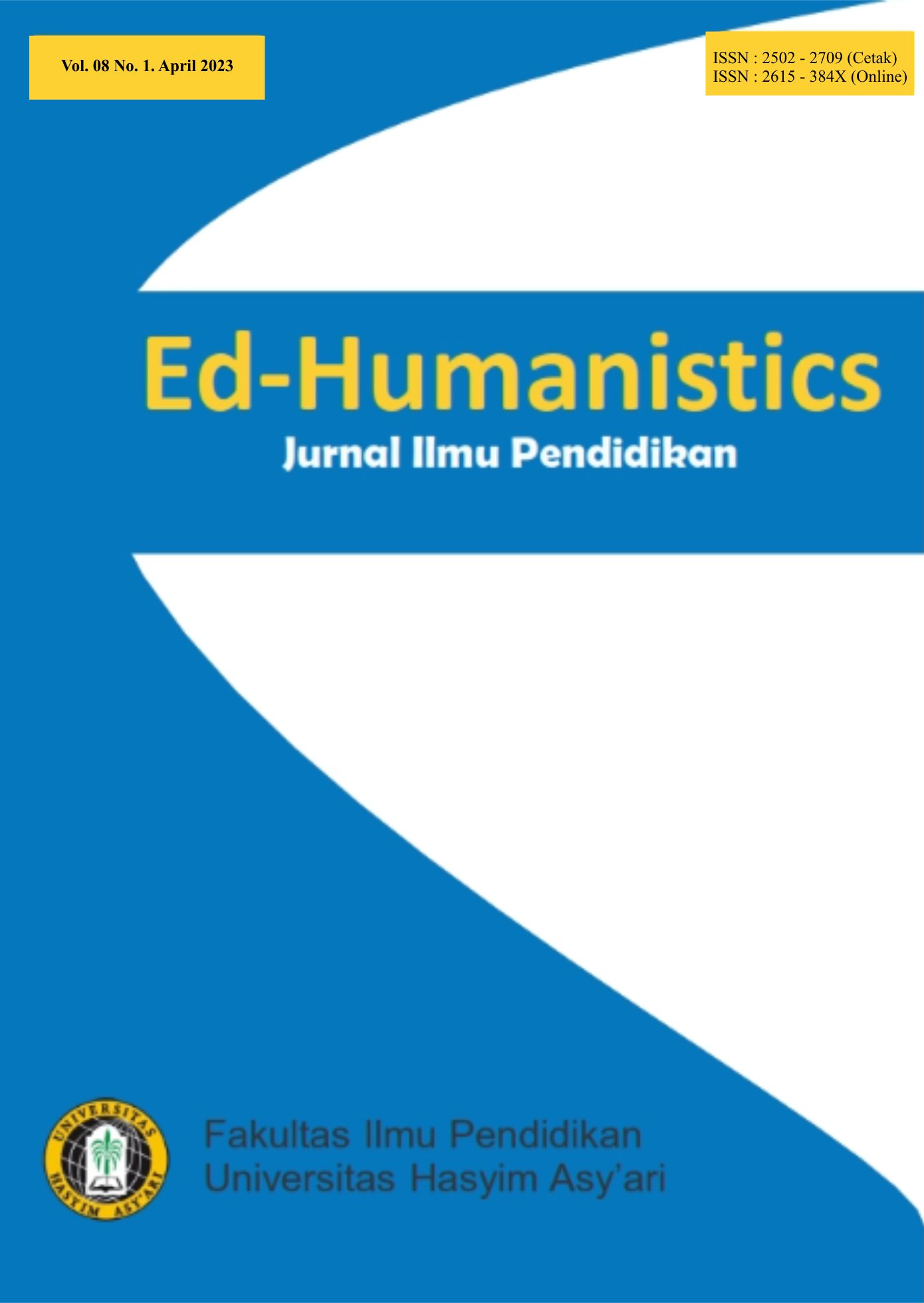Pengembangan Video Pembelajaran Berbasis Aplikasi Kinemaster Pada Pembelajaran Tema 6 Subtema 3 di SDN Sumorame
DOI:
https://doi.org/10.33752/ed-humanistics.v8i01.3958Abstract
The retention of the in a development on the background is based on the problems facing learners want to create a media platform video based. This development research prompts to develop learning video by using application kinemaster on theme (hot and moving) subtheme 3 (spreader kalor of life) learning 1 a class 5 defence at SDN Sumorame methods used in this technology is research develop by using the ADDIE model belonging to Dick and Carry which is carried out through 3 stages, namely analysis including needs analysis and material analysis, design with a frame of reference in the from of (a) setting learning tools (b) making concept designs (c) preparation of questions and answer, development by collecting video-based learning media materials or materials such as (a) selection of illustrative images that match the material (b) typig text on the material (c) inserting supporting videos (d) inserting instruments (e) then proceeding with the help of supporting applications needed, without going through the implementation and evaluation stages due to the pandemic which cannot be carried out face to face bit online. The results of the research from material experts showed that the percentage results were 71 % and 80 %. So it can be concluded that the video learning based application kinemaster on theme 6 “hot and moving†subtheme 3 “spreader kalor of life†learning 1 grade 5 at SDN Sumorame is declared “valid†to be used.
Downloads
Downloads
Published
How to Cite
Issue
Section
License
1. Proposed Policy for Journals That Offer Open Access
Authors who publish with this journal agree to the following terms:
- Authors retain copyright and grant the journal right of first publication with the work simultaneously licensed under a Creative Commons Attribution License that allows others to share the work with an acknowledgement of the work's authorship and initial publication in this journal.
- Authors are able to enter into separate, additional contractual arrangements for the non-exclusive distribution of the journal's published version of the work (e.g., post it to an institutional repository or publish it in a book), with an acknowledgement of its initial publication in this journal.
- Authors are permitted and encouraged to post their work online (e.g., in institutional repositories or on their website) prior to and during the submission process, as it can lead to productive exchanges, as well as earlier and greater citation of published work (See The Effect of Open Access).









 Template
Template


